The book, on which the Timeline here on Countdown to the Kingdom is based, gained official status this week. The Final Confrontation: The Present and Coming Trial and Triumph of the Church by Mark Mallett was granted Nihil Obstat by his bishop, Most Reverend Bishop Mark A. Hagemoen of the Diocese of Saskatoon, Saskatchewan. The Timeline of events, explained in careful detail in The Final Confrontation, is based on the visions of the Apostle St. John, expounded on by the Early Church Fathers, echoed in papal teaching, and confirmed in numerous private revelations from around the world.
 It is the vision of a “final confrontation” at the end of this age, as summarized by Pope John Paul II when he was a cardinal:
It is the vision of a “final confrontation” at the end of this age, as summarized by Pope John Paul II when he was a cardinal:
We are now standing in the face of the greatest historical confrontation humanity has gone through… We are now facing the final confrontation between the Church and the anti-Church, of the Gospel versus the anti-Gospel, of Christ versus the anti-Christ… It is a trial… of 2,000 years of culture and Christian civilization, with all of its consequences for human dignity, individual rights, human rights and the rights of nations. —Cardinal Karol Wojtyla (JOHN PAUL II ), at the Eucharistic Congress, Philadelphia, PA; August 13, 1976; cf. Catholic Online (confirmed by Deacon Keith Fournier who was in attendance)
Then, as pope, he prophesied what would follow—not the end of the world—but an era of peace marked by the coming of Christ within the Church in order to sanctify her:
Dear young people, it is up to you to be the watchmen of the morning who announce the coming of the sun who is the Risen Christ! —POPE JOHN PAUL II, Message of the Holy Father to the Youth of the World, XVII World Youth Day, n. 3; (cf. Is 21:11-12)
After purification through trial and suffering, the dawn of a new era is about to break. —POPE ST. JOHN PAUL II, General Audience, September 10, 2003
This so-called “middle coming” of Christ (to depose Satan, “the ruler of this world,” and vindicate the Scriptures) was also mentioned by John Paul II’s successor:
Whereas people had previously spoken only of a twofold coming of Christ—once in Bethlehem and again at the end of time—Saint Bernard of Clairvaux spoke of an adventus medius, an intermediate coming, thanks to which he periodically renews His intervention in history. I believe that Bernard’s distinction strikes just the right note… —POPE BENEDICT XVI, Light of the World, p.182-183, A Conversation With Peter Seewald
The “right note” is that this “intermediate coming,” says St. Bernard, “is a hidden one; in it only the elect see the Lord within their own selves, and they are saved.”[1]Liturgy of the Hours, Vol I, p. 169 Hence, what is expounded on in The Final Confrontation is consistent with the Early Church Fathers and the Magisterium of the Church regarding the timing of Antichrist followed by an Era of Peace or “sabbath rest” as the Church Fathers put it (cf. Rev 19:20-20:6):
Why not ask him to send us new witnesses of his presence today, in whom he himself will come to us? And this prayer, while it is not directly focused on the end of the world, is nevertheless a real prayer for his coming; it contains the full breadth of the prayer that he himself taught us: “Your kingdom come!” Come, Lord Jesus! —POPE BENEDICT XVI, Jesus of Nazareth, Holy Week: From the Entrance into Jerusalem to the Resurrection, p. 292, Ignatius Press
…when The Antichrist shall have devastated all things in this world, he will reign for three years and six months, and sit in the temple at Jerusalem; and then the Lord will come from Heaven in the clouds… sending this man and those who follow him into the lake of fire; but bringing in for the righteous the times of the kingdom, that is, the rest, the hallowed seventh day… These are to take place in the times of the kingdom, that is, upon the seventh day… the true Sabbath of the righteous. —St. Irenaeus of Lyons, Church Father (140–202 A.D.); Adversus Haereses, Irenaeus of Lyons, V.33.3.4, The Fathers of the Church, CIMA Publishing Co.
Therefore, a sabbath rest still remains for the people of God. (Hebrews 4:9)
This “kingdom” coming is simply the fulfillment of the “Our Father” when the Kingdom of the Divine Will will reign on earth “as it is in heaven” so as to sanctify and prepare the Church to become a spotless and unblemished Bride for the Wedding Feast of the Lamb.[2]cf. Eph 5:27
God himself had provided to bring about that “new and divine” holiness with which the Holy Spirit wishes to enrich Christians at the dawn of the third millennium, in order to “make Christ the heart of the world.” —POPE JOHN PAUL II, Address to the Rogationist Fathers, n. 6, www.vatican.va
It would not be inconsistent with the truth to understand the words, “Thy will be done on earth as it is in heaven,” to mean: “in the Church as in our Lord Jesus Christ himself”; or “in the Bride who has been betrothed, just as in the Bridegroom who has accomplished the will of the Father.” —Catechism of the Catholic Church, n. 2827
We do confess that a kingdom is promised to us upon the earth, although before heaven, only in another state of existence; inasmuch as it will be after the resurrection for a thousand years in the divinely-built city of Jerusalem… —Tertullian (155–240 A.D.), Nicene Church Father; Adversus Marcion, Ante-Nicene Fathers, Henrickson Publishers, 1995, Vol. 3, pp. 342-343)
This Era of Peace or “seventh day” will be the final stage of the Church’s journey before the final unleashing of evil at the end of time, which will bring history to its conclusion and inaugurate the “eighth” and eternal day.
…when His Son will come and destroy the time of the lawless one and judge the godless, and change the sun and the moon and the stars—then He shall indeed rest on the seventh day… after giving rest to all things, I will make the beginning of the eighth day, that is, the beginning of another world. —Letter of Barnabas (70-79 A.D.), written by a second century Apostolic Father
For more information on The Final Confrontation and to read the Nihil Obstat, go to The Now Word.

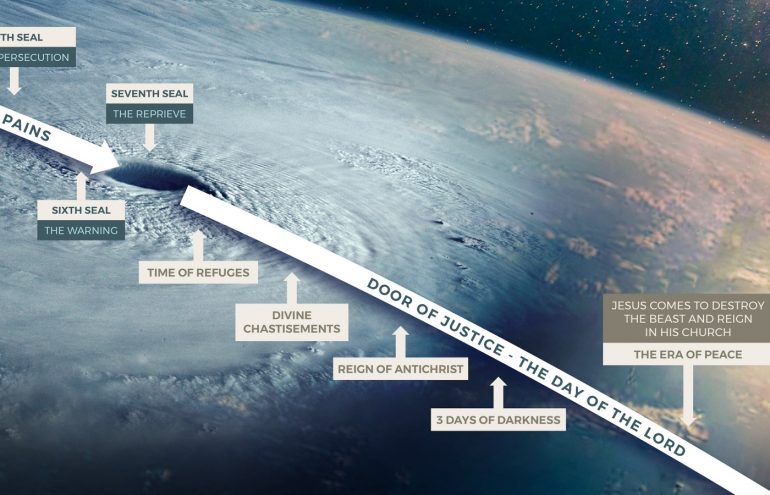

 Alicja Lenczewska
Alicja Lenczewska

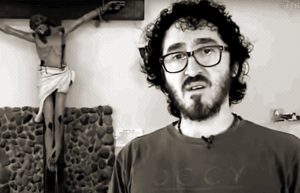
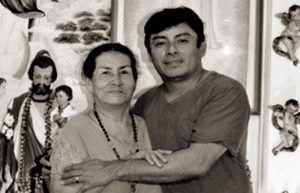
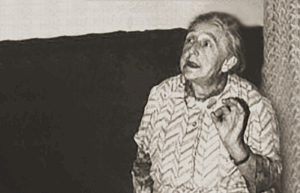 Elizabeth Kindelmann
Elizabeth Kindelmann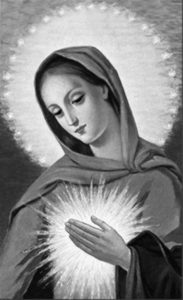 Through what became The Spiritual Diary, Jesus and Mary taught Elizabeth, and they continue to instruct the faithful in the divine art of suffering for the salvation of souls. Tasks are assigned for each day of the week, which involve prayer, fasting, and night vigils, with beautiful promises attached to them, laced with special graces for priests and the souls in purgatory. In their messages, Jesus and Mary say that The Flame of Love of the Immaculate Heart of Mary is the greatest grace given to mankind since the Incarnation. And in the not-so-distant future, her flame will engulf the entire world.
Through what became The Spiritual Diary, Jesus and Mary taught Elizabeth, and they continue to instruct the faithful in the divine art of suffering for the salvation of souls. Tasks are assigned for each day of the week, which involve prayer, fasting, and night vigils, with beautiful promises attached to them, laced with special graces for priests and the souls in purgatory. In their messages, Jesus and Mary say that The Flame of Love of the Immaculate Heart of Mary is the greatest grace given to mankind since the Incarnation. And in the not-so-distant future, her flame will engulf the entire world.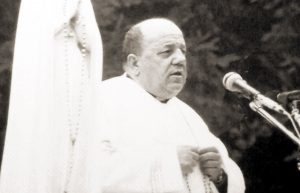 Father Stefano Gobbi
Father Stefano Gobbi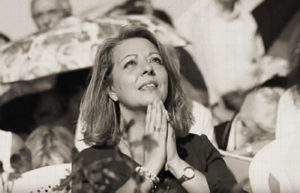 Why Gisella Cardia?
Why Gisella Cardia?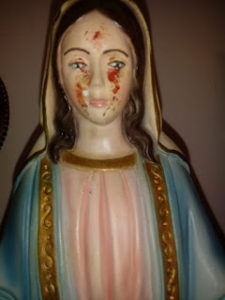 Thirdly, the messages have frequently been accompanied by visible phenomena, photographic evidence found in In Cammino con Maria, which cannot be the fruit of subjective imagination, notably the presence of the stigmata on Giselle’s body and and the appearance of crosses or religious texts in blood on Gisella’s arms. See the pictures taken from her apparition website
Thirdly, the messages have frequently been accompanied by visible phenomena, photographic evidence found in In Cammino con Maria, which cannot be the fruit of subjective imagination, notably the presence of the stigmata on Giselle’s body and and the appearance of crosses or religious texts in blood on Gisella’s arms. See the pictures taken from her apparition website 
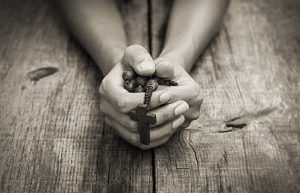 Jennifer
Jennifer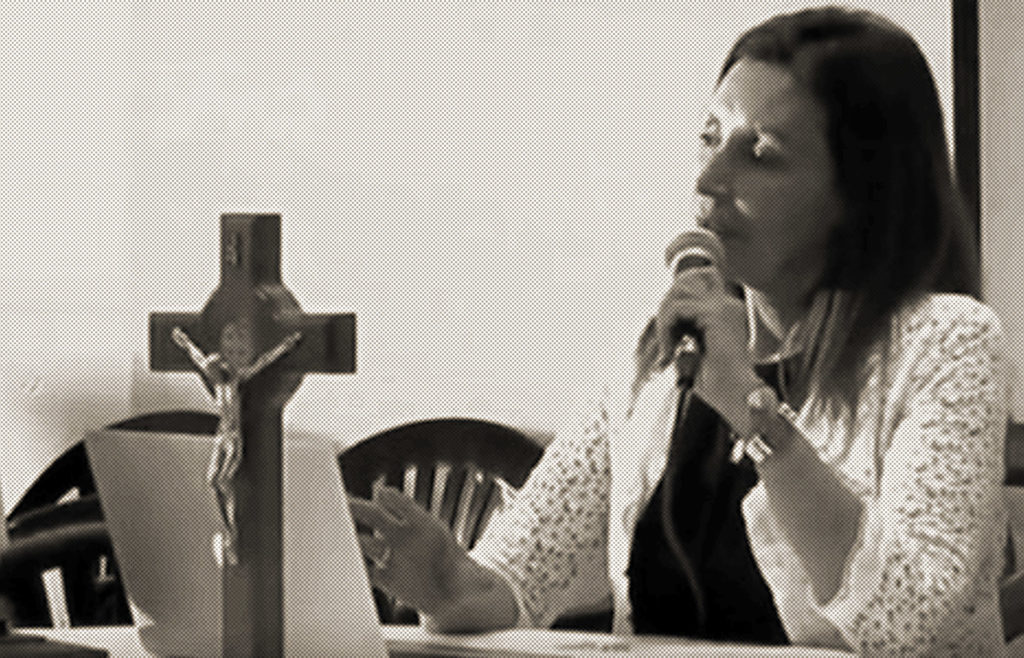
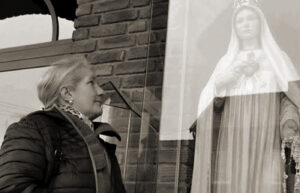 Why Manuela Strack?
Why Manuela Strack?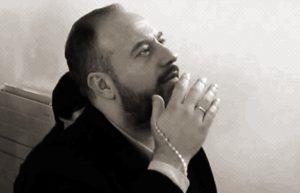
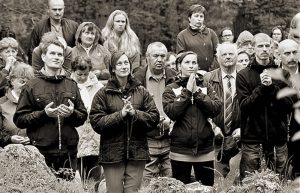
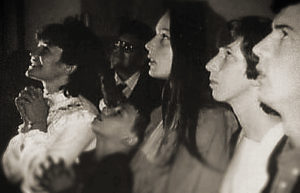 Why the Visionaries of Our Lady of Medjugorje?
Why the Visionaries of Our Lady of Medjugorje?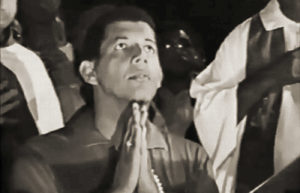 Why Pedro Regis?
Why Pedro Regis?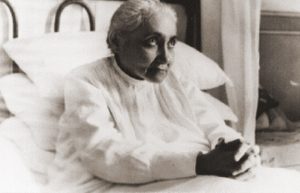 Why the Servant of God Luisa Piccarreta?
Why the Servant of God Luisa Piccarreta?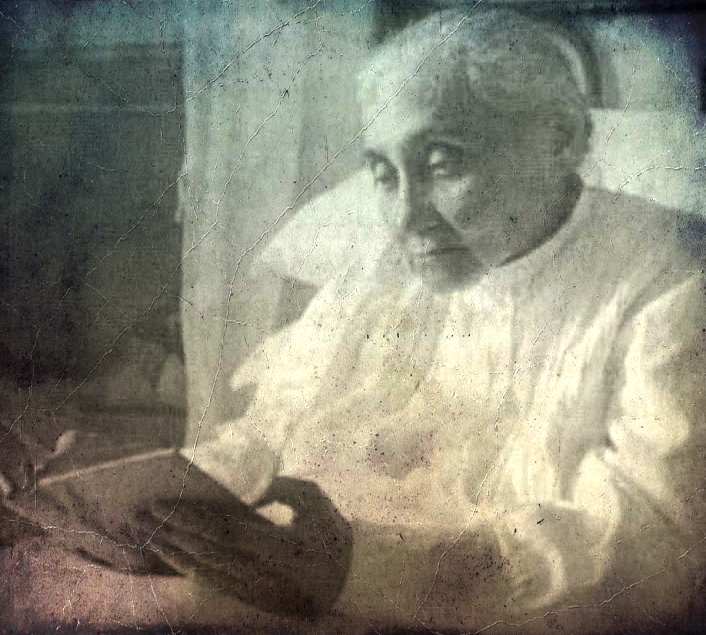 of the saints. It wasn’t until she became a “Daughter of Mary” that the nightmares finally ceased at the age of eleven. In the following year, Jesus began to speak interiorly to her especially after receiving Holy Communion. When she was thirteen, He appeared to her in a vision that she witnessed from the balcony of her home. There, in the street below, she saw a crowd and armed soldiers leading three prisoners; she recognized Jesus as one of them. When He arrived beneath her balcony, He raised his head and cried out: “Soul, help Me!” Deeply moved, Luisa offered herself from that day on as a victim soul in expiation for the sins of mankind.
of the saints. It wasn’t until she became a “Daughter of Mary” that the nightmares finally ceased at the age of eleven. In the following year, Jesus began to speak interiorly to her especially after receiving Holy Communion. When she was thirteen, He appeared to her in a vision that she witnessed from the balcony of her home. There, in the street below, she saw a crowd and armed soldiers leading three prisoners; she recognized Jesus as one of them. When He arrived beneath her balcony, He raised his head and cried out: “Soul, help Me!” Deeply moved, Luisa offered herself from that day on as a victim soul in expiation for the sins of mankind.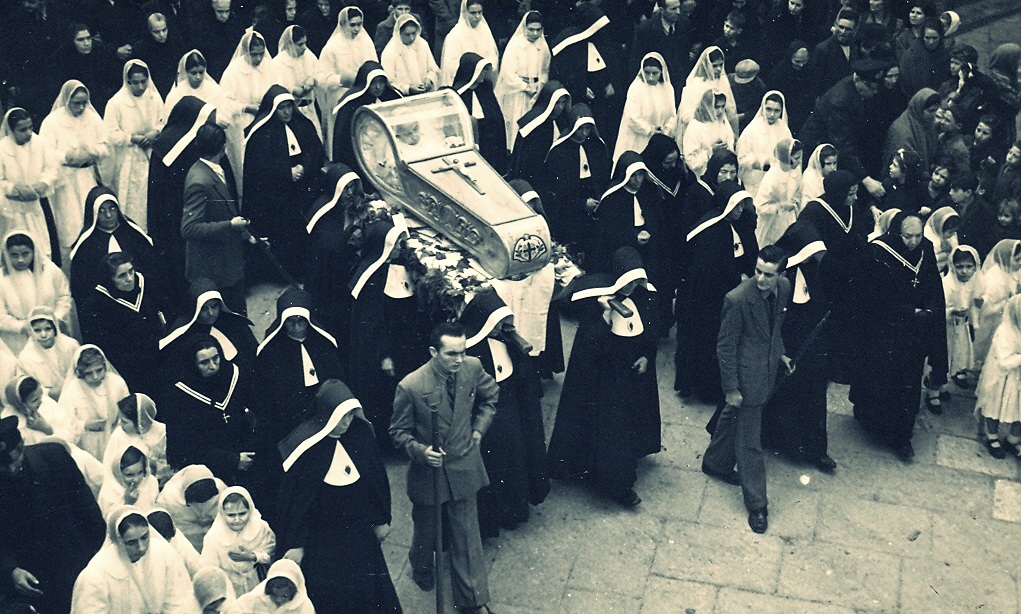 immobile, rigid-like state that appeared almost as if she were dead. It was only when a priest made the sign of the Cross over her body that Luisa regained her faculties. This remarkable mystical state persisted until her death in 1947—followed by a funeral that was no little affair. During that period in her life, she suffered no physical illness (until she succumbed to pneumonia at the end) and she never experienced bedsores, despite being confined to her little bed for sixty-four years.
immobile, rigid-like state that appeared almost as if she were dead. It was only when a priest made the sign of the Cross over her body that Luisa regained her faculties. This remarkable mystical state persisted until her death in 1947—followed by a funeral that was no little affair. During that period in her life, she suffered no physical illness (until she succumbed to pneumonia at the end) and she never experienced bedsores, despite being confined to her little bed for sixty-four years.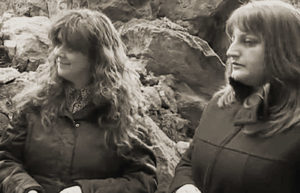 Why Simona and Angela?
Why Simona and Angela?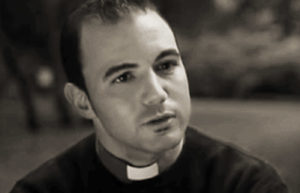
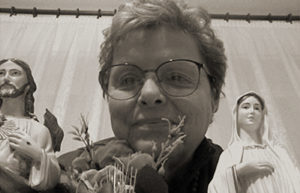 Valeria Copponi
Valeria Copponi